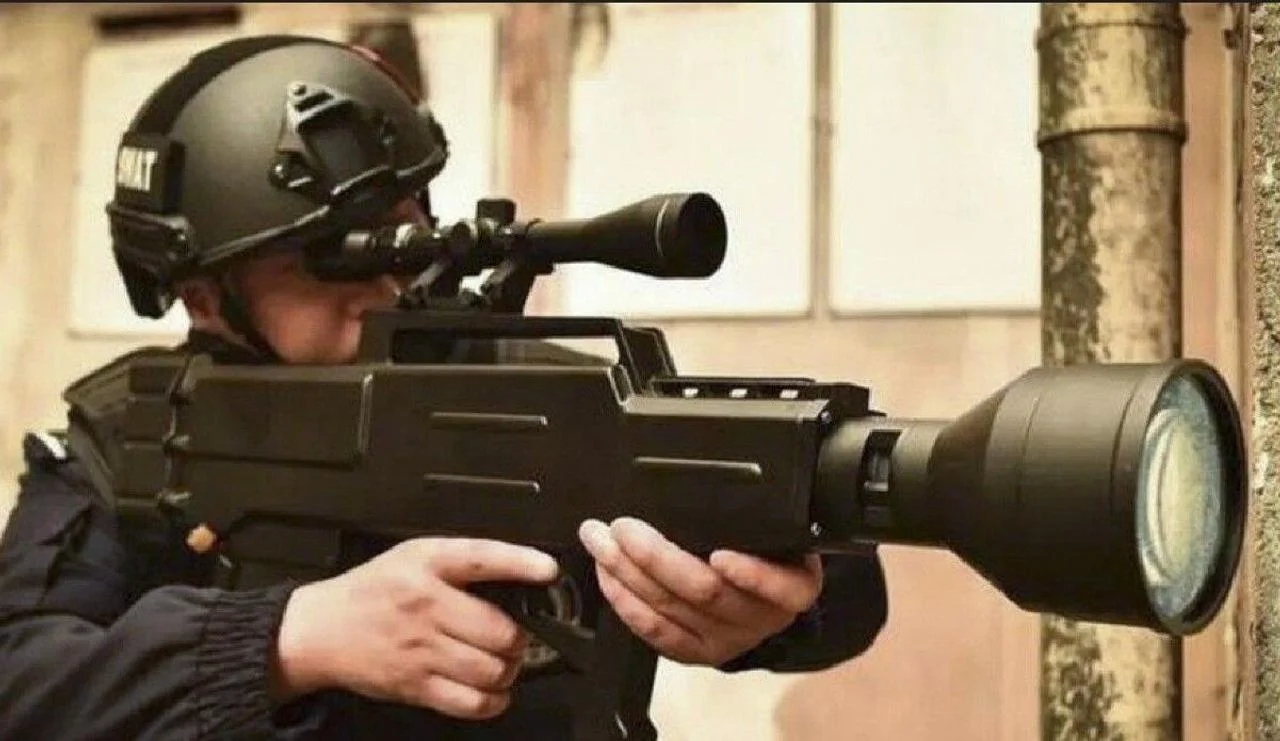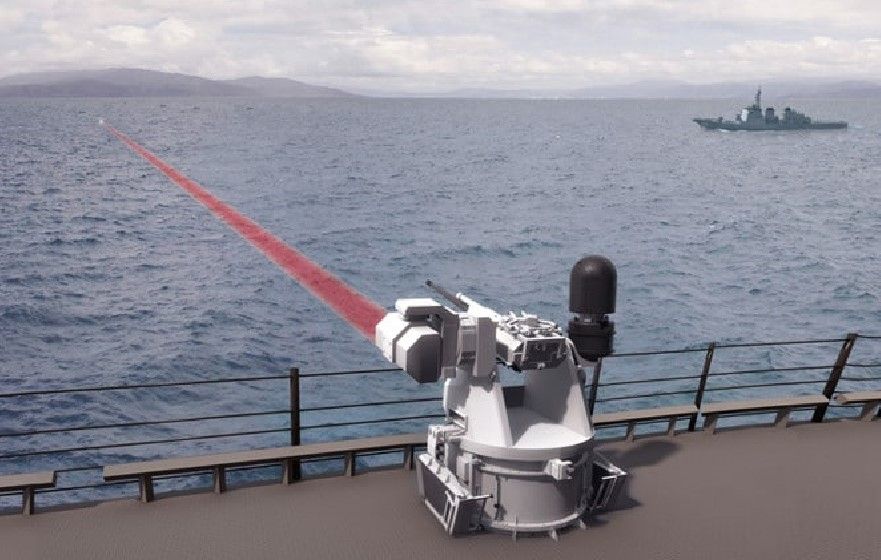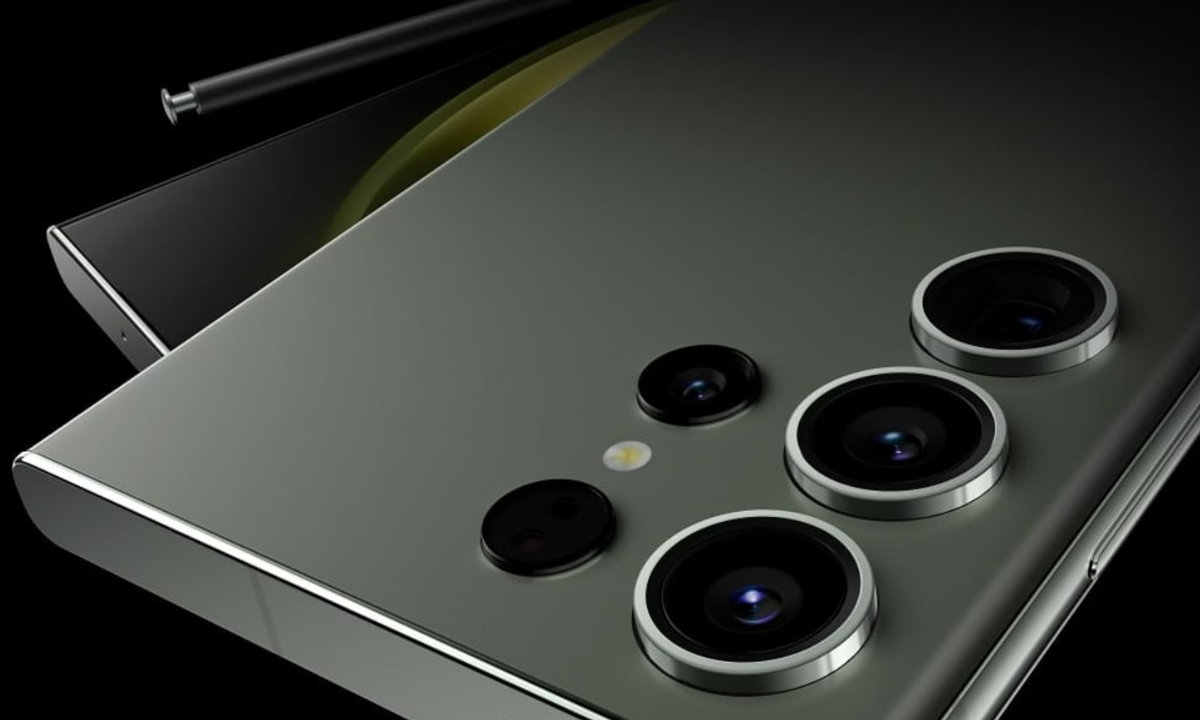The US Department of Defense spends about a billion dollars a year on the development of “directed energy weapons.” Laser and microwave destruction systems are being developed for the US Army. Military lasers are the ancient dream of the American military. They are particularly inspired by the idea of developing portable laser units that any fighter can hold in their hands. Moreover, as Building-tech.org reports, compact laser systems should be designed to protect against drone attacks, not to fire at the enemy.
In favor of laser weapons is the fact of their record achievements in terms of targeting, speed of light and accuracy of hits. But the biggest hurdle so far remains the need for powerful batteries and innovation in optical systems that will allow the laser beam to pass without losing energy from rain, fog or snow.
For now, large laser units to fight drones seem more realistic; it will be used as air defense against attacks by drone swarms and kamikaze drones, thanks to the rate of fire and guidance with the help of artificial intelligence systems. However, the US Air Force is already experimenting with high-energy lasers on its aircraft to shoot down enemy missiles, and the Navy wants to use laser installations to combat UAVs and enemy bots.
Another promising area of Pentagon interest is that weapons based on microwave generation can pass through walls and will save soldiers from attacking certain objects that pose a risk to soldiers. These weapons are primarily designed to disable enemy power systems, sensors and other enemy electronics.
But microwave weapons can also be used as air defense. The Pentagon claims that modern technologies must be used in military affairs and even “looked forward”. Saving on innovation can cause big problems, because on the battlefield today, technology decides everything, not the number of soldiers in this or that army.














